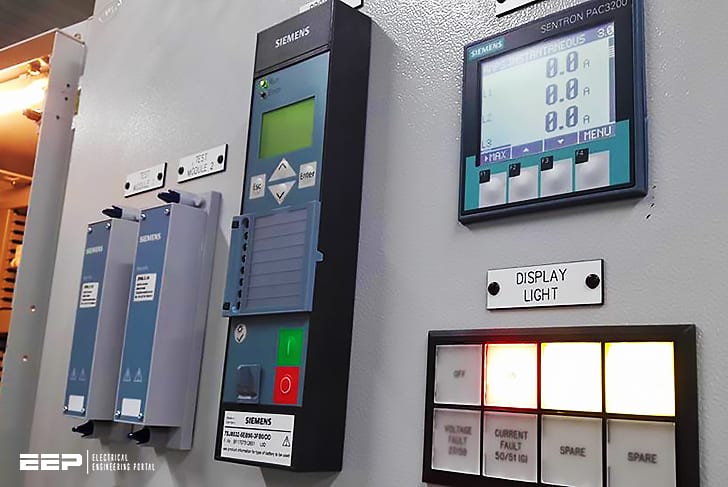The major function of an electrical substation is to transform the voltage of the electricity passing through it, either from high voltage to low voltage or vice versa. This is achieved through the use of distribution and substation equipment such as transformers, switchgear, and protective relays.

Transformers are the most important equipment in any substation as they are used to change the voltage level of the electrical energy being transmitted. They work on the principles of electromagnetic induction and can either increase the voltage (step up) or decrease it (step down) depending on the requirements of the distribution network. Transformers can also be classified based on their cooling mechanism such as dry-type transformers, oil-immersed transformers, and gas-insulated transformers.
Switchgear is another essential component of a substation. It is used to control the flow of electricity and ensure that it is routed to the appropriate circuit. Switchgear enables the safe isolation of equipment for maintenance and repairs, as well as emergency shut off in case of a power fault. The commonly used types of switchgear include circuit breakers, fuses, and isolators.
Protective relays are used in conjunction with switchgear to monitor and protect the electrical equipment from overload, overvoltage, undervoltage, and short circuits. They are an essential part of any substation as they ensure that the equipment is functioning in a safe and reliable manner.
In recent years, the focus has shifted to making substations smarter and more efficient. The integration of digital communication and monitoring systems has revolutionized the way substations are operated and maintained. Advanced Metering Infrastructure (AMI) and Supervisory Control and Data Acquisition (SCADA) systems are used to monitor the grid in real-time, enabling utilities to quickly identify and solve issues.
In conclusion, distribution and substation equipment play a vital role in the efficient and safe operation of electrical substations. As the demand for electricity continues to increase, so does the need for smarter and more efficient distribution and substation equipment. The evolution of technology and the integration of digital systems will continue to drive efficiency and productivity in the power distribution infrastructure.